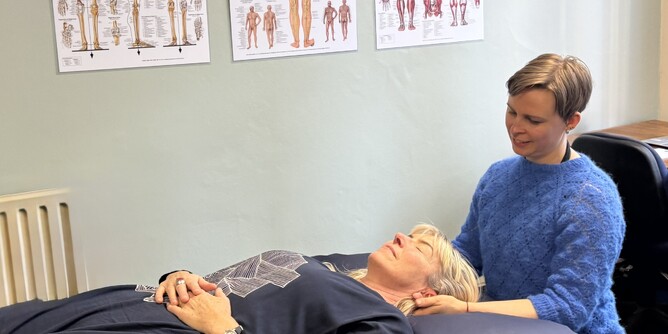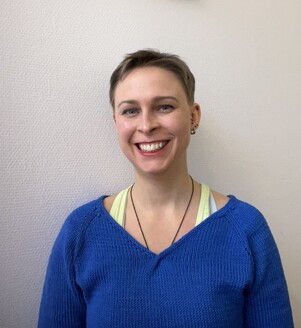Traumatic experiences can result in an autonomic response consistently maintained in the defensive state, which over time becomes a stressor. There can be long term health repercussions.
Imbalances between the sympathetic and parasympathetic aspects of the autonomic nervous system can lead to alterations in the normal homeostatic function of the body (1).
Organ dysfunction from a hyper-aroused, sympathetic dominant state may include the speeding up of the digestive tract, altered respiratory and cardiovascular function and endocrine secretions throughout the whole body.
This can lead to the symptoms of anxiety, rapid pulse, shallow breathing, panic attacks (2,7,8).
PTSD CAN BE A LIFELONG RECURRING DISORDER WHICH AFFECTS THE QUALITY OF LIFE FOR THE INDIVIDUAL AND THOSE AROUND THEM.
Osteopaths have a wide range of manual techniques to improve physiological functioning of the body and regain homeostasis (3).
When the sympathetic nervous system is hyper-aroused, experienced Osteopaths are able to gauge this using very sensitive whole hand palpation. Osteopathic treatment approaches such as Muscle Energy Technique, Balanced Ligamentous Tension, Osteopathy in the Cranial field and Biodynamic Osteopathy are able to assist the body in restoring balance to the autonomic nervous system (4,5,6) .
Research has shown that patients with PTSD using mind-body therapies reported positive effects on their PTSD symptoms, including therapeutic effects on stress responses; reductions in anxiety, depression, and anger; an increase in pain tolerance; improved self-esteem; and an enhanced ability to relax and to cope with stressful situations (9).
Mind-body therapies such as osteopathic treatment of the muscles, ligaments and peripheral nervous system work by stimulation of somatic, visceral, and/or chemosensory receptors, influencing central neural processing and mental processes via ascending pathways from the periphery to the cerebral cortex, resulting in increased heart rate variability and reduced expression of cytokines (10). This effectively reduces the symptoms of PTSD which cause distress to the individual.
REFERENCES:
(1) Effectiveness of an osteopathic treatment on the autonomic nervous system: a systematic review of the literature
(2) Berthoud HR, Neuhuber WL. Functional and chemical anatomy of the afferent vagal system. Auton Neurosci. 2000;85(1-3):1-17. [CrossRef] [PubMed]
(3) Campbell SM. Winkelmann R. Walkowski S. Osteopathic Manipulative Treatment
Novel Application to Dermatological Disease
https://www.ncbi.nlm.nih.gov/pmc/articles/PMC3486778/
(4) Collard K. Preliminary prediction models for autonomic nervous system response to a cranial osteopathic technique https://unitec.researchbank.ac.nz/bitstream/handle/10652/1387/Kim%20Collard%20MOst.pdf;jsessionid=9EED965260A4FFEAFEF818BF863166E6?sequence=1
(5) Dowling DJ, Scariati PD. General Physiologic Considerations. In: DiGiovanna EL, Schiowitz S, Dowling DJ, eds. An Osteopathic Approach to Diagnosis and Treatment. 3rd ed. Philadelphia, PA: Lippincott, Williams & Wilkins; 2005:38-52.
(6) Van der Kolk BA. Clinical implications of neuroscience research in PTSD. Ann N Y Acad Sci. 2006;1071(1):277-293. doi: 10.1196/annals.1364.022 [CrossRef]
(7) Foreman RD, Qin C, Jou CJ. Spinothalamic system and viscerosomatic motor reflexes: functional organization of cardiac and somatic input. In: King HH, Jänig W, Patterson MM, eds. The Science and Clinical Application of Manual Therapy. Edinburgh, Scotland: Churchill Livingstone Elsevier; 2011:11-127.
(8) Klarer M, Arnold M, Günther L, Winter C, Langhans W, Meyer U. Gut vagal afferents differentially modulate innate anxiety and learned fear. J Neurosci. 2014;34(21):7067-7076. doi: 10.1523/JNEUROSCI.0252-14.2014 [CrossRef] [PubMed]
(9) Kim SH, Schneider SM, Kravitz L, Mermier C, Burge MR. Mind-body practices for posttraumatic stress disorder. J Investig Med. 2013;61(5):827-834. doi: 10.2310/JIM.0b013e3182906862 [CrossRef] [PubMed]
(10) Taylor AG, Goehler LE, Galper DI, Innes KE, Bourguignon C. Top-down and bottom-up mechanisms in mind-body medicine: development of an integrative framework for psychophysiological research. Explore (NY. ). 2010;6(1):29-41. doi:
To find out more about the author Venla, click here



